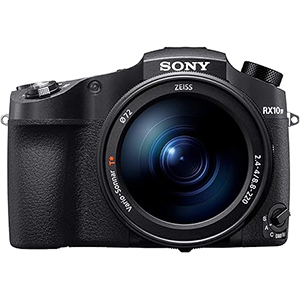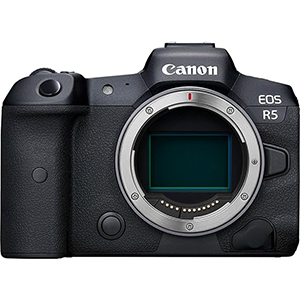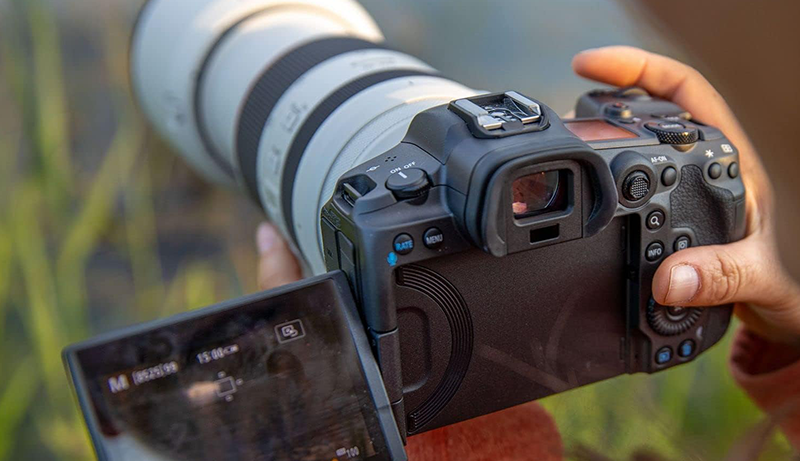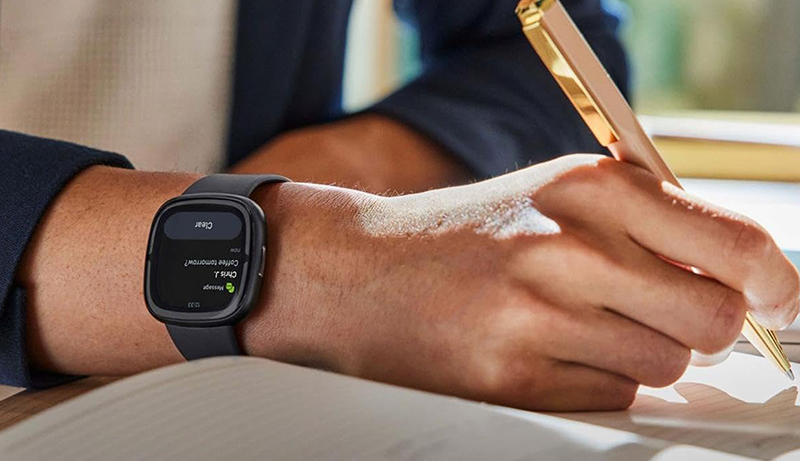Wildlife photography is one of the most fascinating—and challenging—genres in the field. Capturing animals in their natural habitats can lead you to some breathtaking locations, but you don’t always need to venture far for great shots. There’s likely intriguing wildlife right in your local area, offering incredible opportunities for photography.
However, wildlife photography presents its own unique set of challenges. You need to be in the right place at the right time, with your camera ready to capture the moment in an instant. The conditions may not always be ideal, requiring patience and perseverance. But when you finally nail that perfect shot, the reward is unmatched.
Choosing the right camera is essential. In the past, only top-tier models offered the speed and features needed for capturing wildlife. Now, with so many options available, it can be overwhelming to find the right one for your needs. Your perfect wildlife camera might not necessarily be the priciest or most advanced—what matters most is how well it suits your skill level, budget, and goals.
1. Sony Alpha 1

The Sony A1 stands out as one of the best cameras for wildlife photography, packed with cutting-edge technology that makes it a versatile powerhouse, particularly well-suited for sports and wildlife shooting. At the core of this camera is an incredibly fast 50.1MP stacked CMOS sensor. For those who use flash, this sensor is a real asset, offering flash sync speeds of up to 1/400 sec. The autofocus system is another standout feature, providing quick and accurate focusing with 92% image area coverage. It can even lock onto and track animal eyes with the same precision as human subjects.
The A1’s electronic shutter delivers up to 30 frames per second for as many as 155 RAW images, allowing you to capture action-packed moments without slowing down. Its excellent low-light performance, with an ISO range from 100 to 32,000 (expandable to 102,400) and autofocus sensitivity down to -6 EV, ensures you can shoot in dim conditions without sacrificing quality. Plus, the camera’s durable weather-sealing allows it to withstand tough conditions, making it a reliable companion even in adverse weather.
In short, the Sony A1 is a truly professional-grade camera, built to handle the demands of wildlife photography.
Pros
- Exceptional autofocus
- 8K and 4K video capabilities
- Fast burst mode
Cons
- Expensive
- Rear display could be improved
2. Sony Cyber‑Shot RX10 IV

If you’re not looking to spend a fortune on a telephoto lens that costs more than a car, a bridge camera is a more affordable alternative. The Sony Cyber-Shot RX10 IV is a fantastic option, featuring a large 1-inch sensor, which is bigger than what you’d find in many cheaper competitors. Its built-in lens has a range of 8.8 to 220mm, offering a full-frame equivalent of 24-600mm, giving you 25x zoom to easily capture distant wildlife. With 4.5 stops of image stabilization, you’ll still get sharp shots, even at longer focal lengths—though using a tripod or monopod is always a good idea.
The RX10 IV offers 24 fps with autofocus tracking, and its phase-detect autofocus is both fast and precise, ensuring you don’t miss important moments. The attached lens has a maximum aperture of f/2.4 to f/4, allowing for beautifully blurred backgrounds and low-light shooting. For those interested in smaller wildlife, it can focus as close as 1.2 inches at the widest angle and 2.4 feet when zoomed in.
Pros
- Dust and splash resistant
- Fast autofocus
- Great zoom range
- 4K video capabilities
Cons
- A bit expensive for a bridge camera
- Zoom speed could be quicker
3. Canon EOS R5

The Canon EOS R5 is an all-around powerhouse, and its capabilities translate exceptionally well to wildlife photography. It features a newly developed 45-megapixel CMOS sensor, delivering outstanding image quality. For video enthusiasts, the R5 can capture up to 8K 30p footage or 4K at 120 fps in 4:2:2 10-bit with Canon Log. However, it does face overheating issues when recording at the highest video settings, typically limiting 8K recording to around 20 minutes. If extensive 8K video recording is your goal, a dedicated cinema camera would be a better choice.
What sets the R5 apart is its autofocus system. With nearly 100% frame coverage, it’s widely considered one of the best autofocus systems available. For wildlife photographers, Canon’s Animal AF, powered by a Deep Learning algorithm, is a game changer. Simply point the camera at an animal, and it will detect and lock onto the animal’s eyes, reliably tracking them even during movement. Although Canon specifies this feature for dogs, cats, and birds, it works effectively across many species.
With its 8K video capability, 45MP sensor, and advanced autofocus with 1,053 points, the Canon EOS R5 is built for top-tier performance in both photography and videography.
Pros
- Excellent image quality
- Advanced autofocus system
- Weather-sealed design
- High-quality 8K video
Cons
- Overheating when shooting prolonged 4K 30p or higher video
4. Fujifilm X-T4

The Fujifilm X-T4 is the lightest option on this list, weighing just 1.16 pounds for the camera body, making it an ideal choice for wildlife photographers who travel frequently. It features a 26.1MP back-illuminated X-Trans CMOS 4 sensor, providing excellent low-light performance with a native ISO range of 160-12800. Its autofocus system is fast and reliable, even in challenging lighting conditions, with the ability to focus down to -6 EV—perfect for shooting at dusk, dawn, or in dense forests.
One of the standout features of the X-T4 is its in-body image stabilization. The 5-axis sensor-shift stabilization reduces camera shake by up to 6.5 stops, which is especially useful when shooting with long telephoto lenses essential for wildlife photography. Additionally, the APS-C sensor format gives you extra reach with telephoto lenses compared to full-frame cameras, bringing you closer to the action.
With a burst mode of up to 20 fps using the electronic shutter, in-body stabilization, and solid weatherproofing, the X-T4 is a strong contender for wildlife photographers seeking a compact, capable camera.
Pros
- Compact and lightweight
- Excellent weatherproofing
- Effective in-body stabilization
- Reliable autofocus in low-light conditions
Cons
- Face/eye detection isn’t as advanced as some competitors
5. Nikon D7500

The Nikon D7500, with its 20.9MP DX-format sensor, captures wildlife with impressive clarity, even in difficult lighting conditions. Its rugged build, including dust and water resistance, makes it an excellent choice for outdoor photography in challenging environments.
The camera’s built-in Wi-Fi and Bluetooth enhance its versatility, allowing for easy image sharing and backups on the go. However, its burst mode of 8 frames per second is slower compared to many modern cameras, which limits the number of shots you can take in fast-action sequences. This makes it essential to focus on timing rather than relying on continuous shooting to get the perfect shot.
Despite a few downsides—such as the absence of a second memory card slot and no optional battery grip—the Nikon D7500 remains a cost-effective option that offers many high-end features, making wildlife photography more accessible for hobbyists and those on a budget.
Pros
- Excellent image quality for the price
- Wide ISO range for great low-light performance
- Dust- and water-resistant body
- Built-in Wi-Fi and Bluetooth
Cons
- No in-body stabilization
- Limited buffer capacity
- Single memory card slot
How to Choose the Best Camera for Wildlife Photography for YOU
Finding the perfect camera for wildlife photography is a personal decision. It’s not about getting the most expensive or feature-packed model—it’s about choosing the one that feels right in your hands, suits your photography style, and fits within your budget. Here are some tips to help you find the best match:
Ergonomics and Feel
This isn’t something you can determine from a spec sheet. The camera should feel comfortable in your hands, with controls that are intuitive and easy to reach. You might be holding it for hours, waiting for the perfect shot, so comfort is key.
Weight and Size
Wildlife photography often requires a lot of movement. While a lighter, more compact camera is easier to carry, don’t compromise on usability and performance just for portability.
Lens Availability
Consider the lens ecosystem that the camera supports. Wildlife photography typically requires telephoto lenses, so make sure there’s a good range of lenses available and that they’re affordable for the camera system you’re considering.
Image Quality and Performance
Look for cameras that perform well at high ISO levels for low-light situations. A fast, accurate autofocus system and a high burst rate are also essential for capturing quick-moving wildlife.
Weather Sealing
Since you’ll be shooting outdoors, weather sealing is important. Ensure the camera and lenses are resistant to dust, moisture, and minor impacts so you can shoot confidently in different conditions.
Ultimately, the best camera for you is one that supports your photography journey, helps you grow, and makes every shoot enjoyable.




Leave a Reply